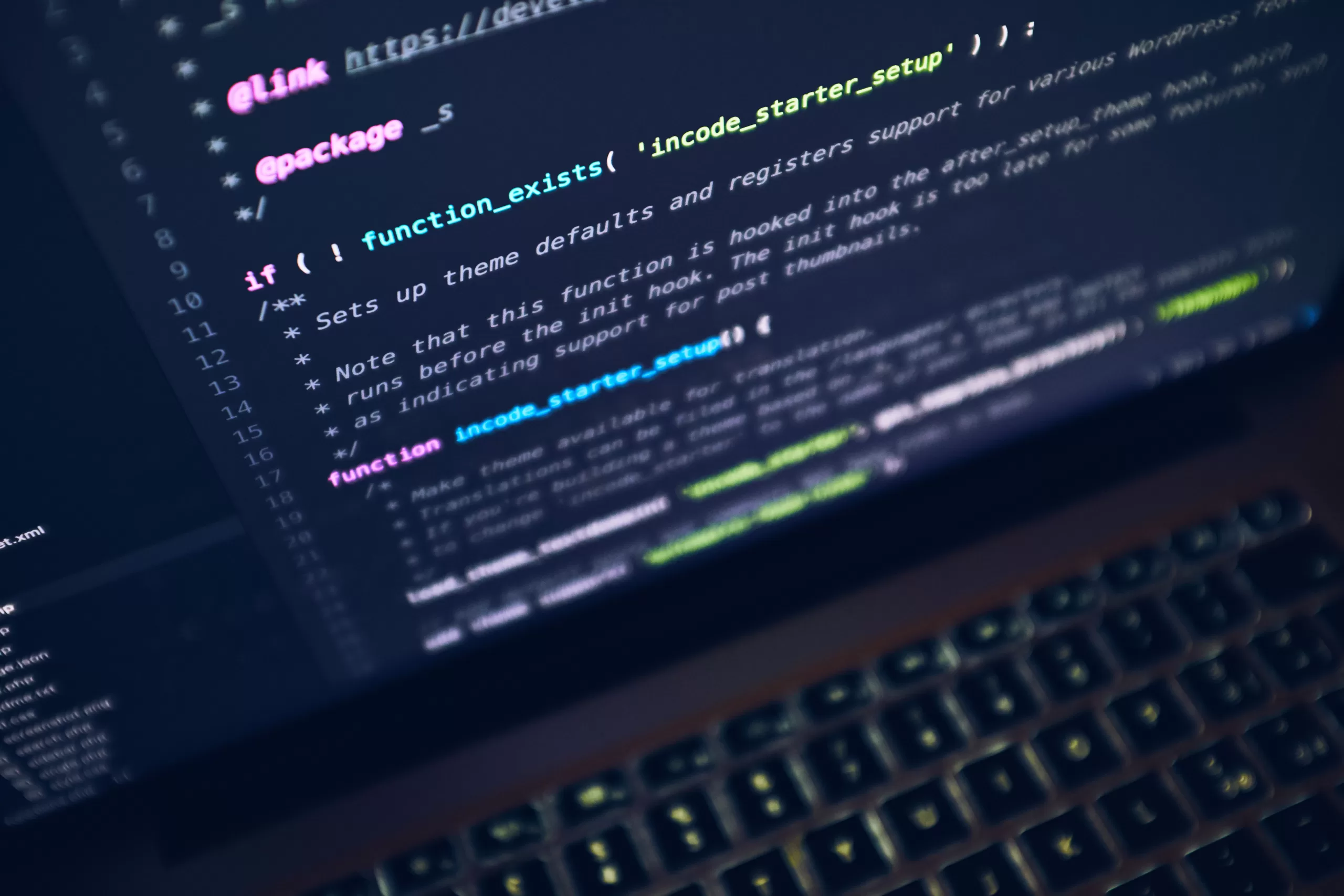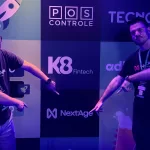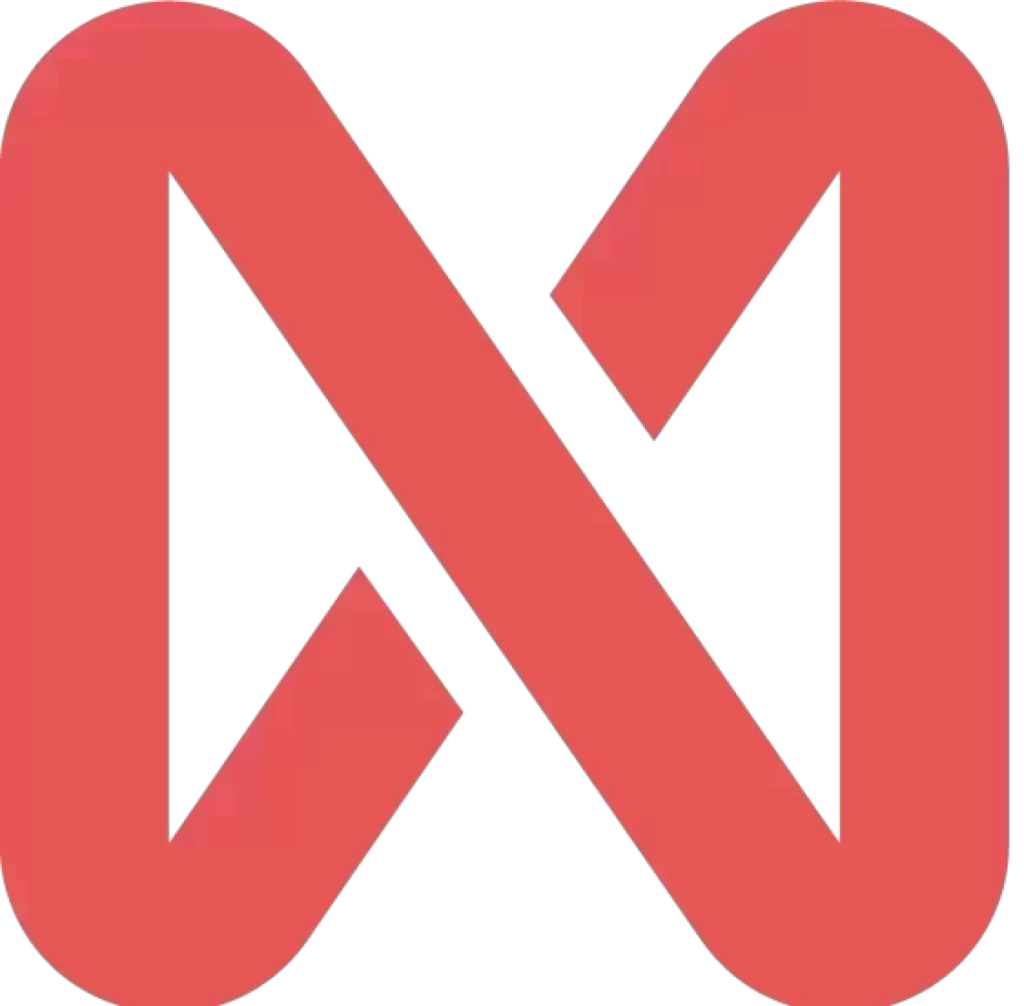This blog post is designed to simplify that choice. We will clearly present the objectives, the ideal timing, and the expected outcomes of each process, helping you make the best decision to modernize your technology. Let’s dive in.

Refactoring: cleaning up the code
Refactoring is the most targeted and least invasive of the three processes. The main goal of refactoring is to improve the internal code structure (the how) without, in any way, changing the external system behavior (the what). In other words, the end-user sees no difference, but the underlying code becomes cleaner, more efficient, and easier to maintain.
Think of refactoring as organizing a closet. You aren’t buying new clothes, but rather folding, separating by color, and discarding what you no longer need. The result is a more functional closet where you find what you need much faster.
This practice is vital for the long-term health of your software. It combats Technical Debt, which is the implicit cost of maintenance and future changes. It’s no surprise that, according to industry reports on Technical Debt, on average, development teams spend about 40% to 50% of their time just fixing bugs or dealing with the complexity of poorly structured code. Regular refactoring reverses this trend, freeing up the team to create new features and business value.
When to apply refactoring?
Refactoring is ideal for:
- Reducing technical debt: when the code is confusing or duplicated in specific parts.
- Preparing for new features: before adding complex functionality.
- Improving maintainability: making the system more readable and reducing the future error rate.
Migration: like moving houses
Migration focuses on the infrastructure or the system’s execution environment. The goal is to move the system from one platform to another, most often without drastically altering the core business logic.
Migration is like moving houses. You take all your furniture and routine (the business logic) to a new address (the new environment/platform). Your habits don’t change, but the environment you live in does.
Migration is the right choice when the underlying technology is becoming obsolete or when there is a strategic need for better cost, security, or scalability. This move offers clear gains: Deloitte studies on Cloud adoption indicate that companies migrating legacy systems to the cloud achieve a 15% to 25% reduction in operational costs over a two-year period, along with exponential gains in scalability and security. The risk is higher than refactoring, focusing mainly on the compatibility between the existing code and the new platform.
When to migrate?
- Cloud Migration: Moving the application from a local server (on-premise) to a cloud computing platform.
- Framework Update/Upgrade: Updating the backend to a more modern framework version, where the business rule is preserved, but compatibility requires adjustments.

Rewriting: building from scratch
Rewriting, also called Big Bang, is the most radical approach. It involves discarding the old code and building a completely new system using new architectures, programming languages, and technologies.
Unlike migration and refactoring, rewriting is concerned with the future and the current system’s ability to support new business demands.
Rewriting should only be considered in critical situations when the benefits of having a modern system outweigh the high costs and risks involved. It is the riskiest path, and data confirms it. According to the CHAOS Report on IT project failures, the failure rate (non-delivery or exceeding budget/schedule by 50%) for rewriting projects can reach over 70% if not managed with extreme precision and planning. Choose this path only when the legacy system becomes a major obstacle to your business growth. At NextAge, our development approach uses Methodology 2.0, which means our squads are formed by pre-vetted professionals, and your project oversight is handled by TechLeads. This way, system rewriting stops being a problem and becomes another path to your business success.
When is rewriting inevitable?
- Prohibitive maintenance cost: If every new functionality takes months to implement due to legacy complexity.
- Architectural barrier: If the current architecture prevents the adoption of essential features (e.g., the system cannot be integrated via modern APIs).
- Total obsolescence: The technology is so old that there are no longer professionals in the market who master it, or official support no longer exists.

The IT Manager’s dilemma: how to choose?
The decision between these three paths requires a precise diagnosis.
Here is a summary to aid your analysis:
In Summary
| Process | Main Goal | Risk | Focus of Change |
|---|---|---|---|
| Refactoring | Improve internal quality and performance. | Low | Code and structure. |
| Migration | Change the execution environment. | Medium | Infrastructure and platform. |
| Rewriting | Adopt new business capabilities. | High | Everything (code, architecture, and technology). |
NextAge: your partner in system modernization
The choice between refactoring, migrating, or rewriting is a strategic decision that defines the future of your IT department. Choosing the wrong path can mean months of delays and wasted resources.
NextAge understands that the pain of system updates for IT managers is complex. That’s why we don’t just deliver code; we deliver a modernization strategy.
Our process begins with a precise software architecture diagnosis, where our team of specialists evaluates your system to determine the best, and safest, path for your business.
Don’t risk the future of your IT. Count on NextAge to turn your modernization challenge into a competitive advantage.
👉 Not sure if your system is obsolete? Take our free test by clicking here!






